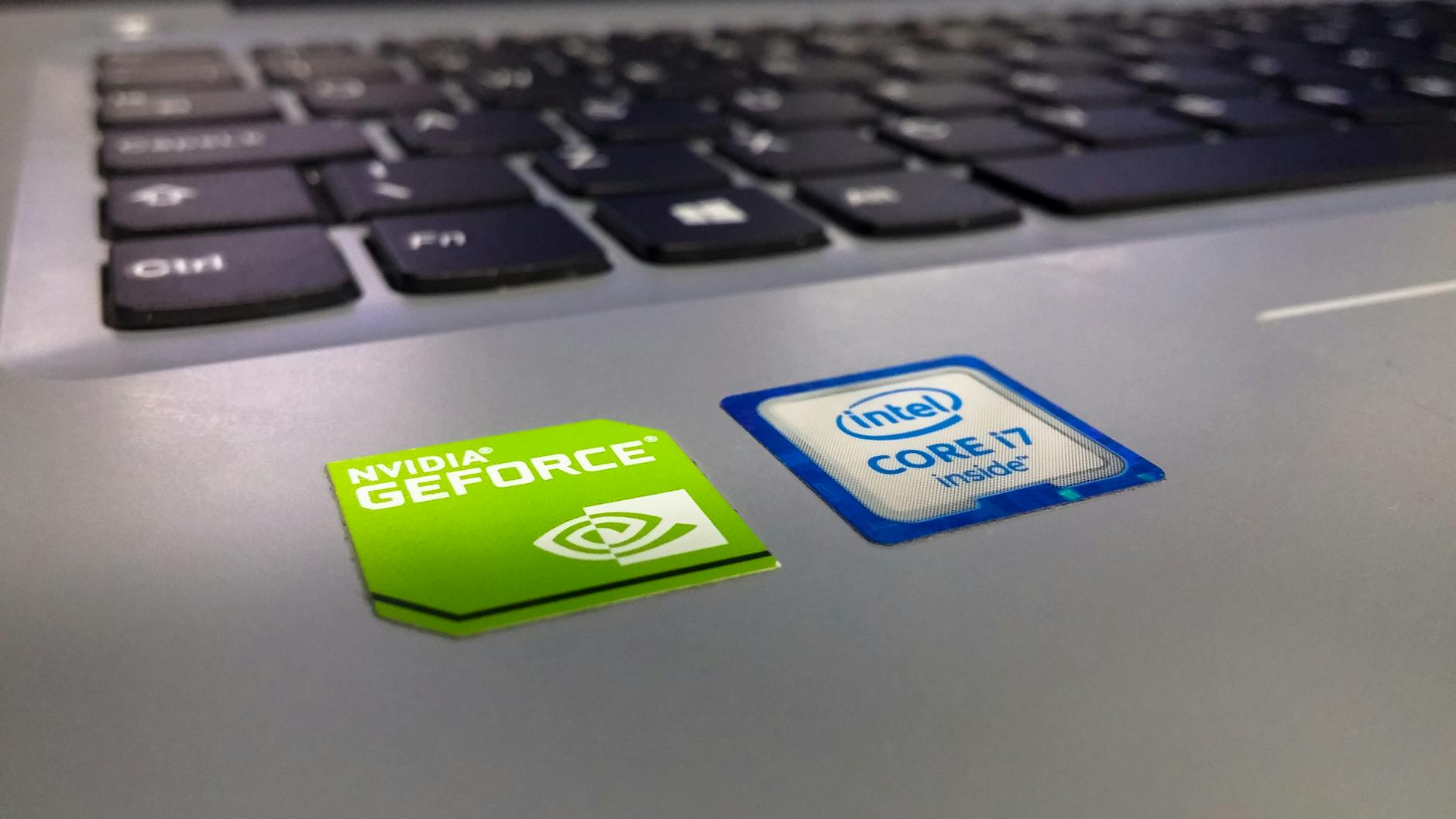NVIDIA’s GPU Pricing: A Shift in the Market Landscape
Amazon’s Move Signals Potential Relief for Gamers
The world of PC gaming has long been subject to the ebb and flow of graphics processing unit (GPU) availability and pricing. For a significant period, particularly following the crypto mining boom and subsequent supply chain disruptions, the cost of high-performance GPUs became a major barrier for many enthusiasts. This era, often dubbed the “Great NVIDIA Price Gouge of 2025,” saw prices soar far beyond the manufacturer’s suggested retail price (MSRP). However, recent developments, notably Amazon’s decision to offer NVIDIA’s 50-series GPUs closer to their intended MSRP, suggest a potential turning point in this challenging market.
The Curious Case of the 50-Series Rollout
NVIDIA’s 50-series GPUs have had a notably unusual launch. Reports from various sources, including Rock Paper Shotgun, highlighted several points of concern beyond just pricing. Early criticisms pointed to aspects like missing cores, which could impact performance compared to what some consumers might expect from previous generations or competitive offerings. Furthermore, there was a palpable sense of disappointment regarding the company’s perceived emphasis on artificial intelligence (AI) integration as a primary selling point, rather than solely focusing on raw, traditional gaming power and efficiency. This strategic direction has left some consumers questioning the value proposition and the underlying philosophy driving these new hardware releases. The combination of these factors – perceived performance compromises and a focus on AI over traditional power – created a somewhat turbulent reception for the 50-series before even considering the pricing complexities.
Decoding the Market Dynamics and Consumer Impact
The broader implications of these pricing shifts are significant for the gaming community and the PC hardware market as a whole. For years, gamers have faced the frustrating reality of inflated GPU prices, forcing many to delay upgrades, settle for less powerful hardware, or even exit PC gaming altogether. The “price gouge” wasn’t just a matter of inconvenience; it represented a substantial financial hurdle. Amazon’s move to list 50-series GPUs closer to MSRP could indicate several underlying market shifts. It might reflect improved supply chain stability, allowing NVIDIA to meet demand more effectively. Alternatively, it could be a strategic response to market pressures, such as increased competition or a potential cooling of demand due to the economic climate or the perceived value of the 50-series itself. This recalibration is crucial for fostering a healthier gaming ecosystem, where passionate players can access the technology they need without facing prohibitive costs. The success or failure of these pricing adjustments will likely influence future product launches and marketing strategies from NVIDIA and its competitors.
Key Takeaways from the Shifting GPU Market
- Price Normalization: Amazon’s pricing of the 50-series GPUs closer to MSRP suggests a potential return to more stable and accessible GPU pricing.
- NVIDIA’s Strategy: The 50-series rollout has been marked by criticisms regarding missing cores and a strong emphasis on AI features, leading to mixed consumer reception.
- Market Rebalancing: The move could signify improved supply, increased competition, or a strategic adjustment by NVIDIA to meet market demand and consumer expectations.
- Consumer Relief: For gamers, this development offers a glimmer of hope for more affordable access to modern graphics hardware, potentially reigniting interest in PC gaming upgrades.
Future Expectations and Market Significance
The coming months will be critical in determining whether this pricing trend for the 50-series is a lasting change or a temporary anomaly. If Amazon’s move is indicative of NVIDIA’s broader pricing strategy, consumers can anticipate a more predictable and manageable hardware market. This could lead to increased sales for NVIDIA and encourage more users to invest in PC gaming. Conversely, if the pricing reverts or if other retailers continue to mark up prices significantly, it would suggest that the underlying issues of supply, demand, or product positioning for the 50-series remain unresolved. The emphasis on AI integration in these new GPUs also warrants continued observation. If NVIDIA can successfully demonstrate the tangible benefits of AI in gaming and other applications, it might justify their strategic direction. However, if the performance gains are not readily apparent or if the AI features feel like a gimmick, the market may continue to favor traditional performance metrics. The overall health of the GPU market is intrinsically linked to the affordability and perceived value of the hardware, directly impacting the vibrancy of the PC gaming industry.
Navigating GPU Purchases: Advice and Alerts
For consumers looking to purchase new GPUs, it is always advisable to remain vigilant and informed. Before making a purchase, perform thorough research on the specific GPU model you are interested in, paying close attention to independent reviews that analyze performance, power consumption, and value for money. Compare prices across multiple reputable retailers, as Amazon’s pricing may not be universally adopted. Be wary of deals that seem too good to be true, as they could indicate counterfeit products or other scams. Furthermore, consider your specific needs; if AI-centric features are not a priority, you might find better value in GPUs that focus purely on raw gaming performance. Stay updated on industry news and analyst reports to gauge the overall market sentiment and anticipate future price movements. The GPU market can be volatile, so a well-informed approach is your best defense against overspending or purchasing hardware that doesn’t meet your expectations.
Annotations Featuring Links to Various Official References Regarding the Information Provided
- Rock Paper Shotgun Article on NVIDIA 50-Series Pricing – This article provides the primary source of information regarding Amazon’s pricing adjustments for NVIDIA’s 50-series GPUs and discusses the broader context of GPU pricing trends.
- NVIDIA GeForce Official Website – For official specifications, product announcements, and MSRP information directly from NVIDIA regarding their GPU offerings.
- Amazon Official Website – To check current pricing and availability of NVIDIA GPUs.


Leave a Reply
You must be logged in to post a comment.